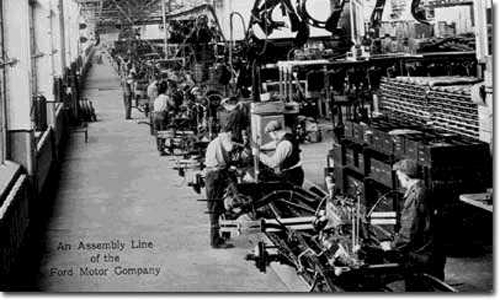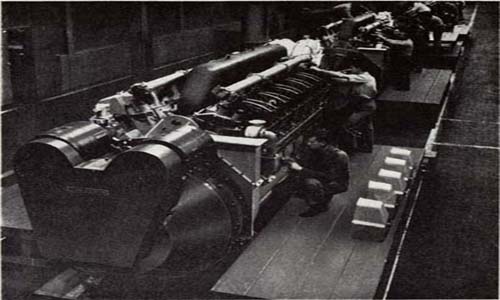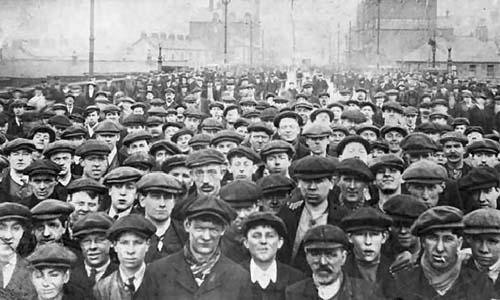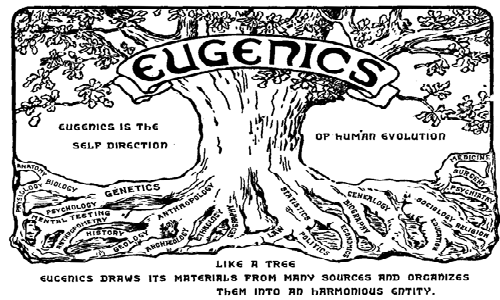America’s economy in the early to mid-twentieth century was dominated by the unstoppable force of pure capitalist, mechanized industry. According to Bill Hughes, “The capitalist system that emerged in full-blooded form out of the rapid economic changes of the early to mid nineteenth century made wage slavery – for the vast majority of people – the sole option for survival. Disabled people did not have this option.” 1

Here, one may recall Bruno Latour’s notion of the mega-machine. In this hyper-industrialized economy, the individual is useless, save for his capacity to act as a part of a larger machine. The assembly line is one machine made of smaller ones. Each part needs to be, like the parts of a Ford Engine or a Browning Rifle, uniform and interchangeable.

This treatment of the individual follows closely with the anthropophagic structure of America in the twentieth century. The mechanization of people facilitates the “magical ability of such societies to take individuals possessing dangerous powers… neutralizing them and even turning them to advantage.” 2 Thus, the subgroups of American culture segregated by race, gender, and region were eliminated by the all-consuming nature of the assembly line. Yet it was in this era that the disabled stood out all the more.
“Mechanized production required a uniform work-force, who could perform similar tasks and work was not organized to cater for the range of intellectual and bodily differences between people.” 3 While the differences of skin tone were downplayed by factory economy, those with physical incapacities became distinctly difficult for America to incorporate.

In keeping with Jock Young’s thesis, American society became much more anthropoemic in respect to the disabled, seeking to expel these difficult elements. When the Darwin-inspired eugenic gaze of the early twentieth century fell upon the disabled, Americans were introduced to the concept of social hygiene: “the view that disabled people are either unfit to be in the society, or to reproduce.” 4

When considering this dark reevaluation of the handicapped, Hughes conjectures that disability was about considered “an error of nature that should be righted. When wedded to a rigid concept of heredity, biological reductionism may, at it’s worst, translate into a politics of genocide.” 5
Back to The Wheelchair Table of Contents
Footnotes
1 Hughes, Bill. “Disability and the Body.” Disability Studies Today. Ed. Colin Barnes, Mike Oliver, and Len Barton. Malden, Massachusetts: Polity Press, 2002, 58-76, p. 61
2 Cannibalism and Bulimia: Patterns of Social Control in Late Modernity. Jock Young, Middlesex University, UK.
3 Marks, D. Disability: Controversial Debates and Psychosocial Perspectives. London: Routledge, 1999
4 Hughes, p. 62
5 Hughes, p. 62
